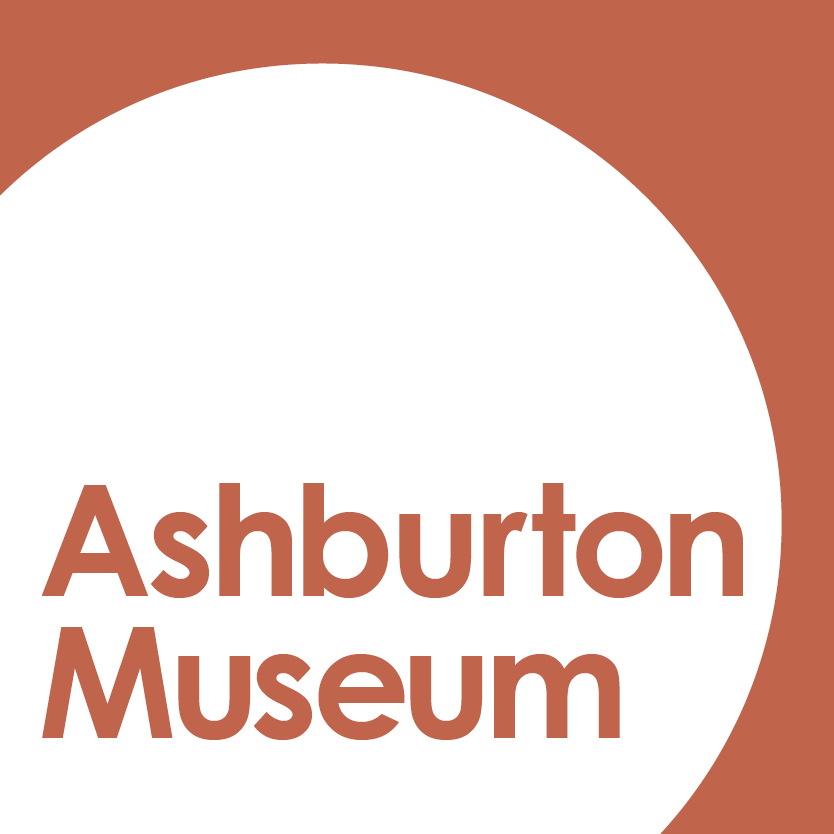Did you know that to convert Pioneer Park from an old cemetery to its present state, the Ashburton Borough Council had to request a special Act of Parliament?

This pleasant little park on the corner of William and Kermode Streets has had a long and interesting history. When it was our burgeoning little town’s first cemetery, public opinion was mixed in regards to its general state of maintenance. In fact, while researching the cemetery, the earliest newspaper reference I found regarding the cemetery is itself a complaint!
Early local interments
The first officially recorded interment at the old Ashburton cemetery is that of Captain McLean, on 7 December 1871, but we know that burials had been carried out here before this date. In August 1863, surveyor Robert Park produced a plan of the site of Ashburton which included the Pioneer Park cemetery site, labelled clearly as such. Three years later, a reference is made in the Press newspaper to the “Ashburton cemetery reserve” by a disgruntled Provincial Councillor.
At a meeting of the Canterbury Provincial Council on 7 November 1866, a Mr. Walker raised concerns about the “unprotected state” of the graves in the Ashburton cemetery reserve, claiming it was “a reproach to any Christian country”. He stated that “the beasts of the field” could stray onto the grounds at any point, leaving holes up to two feet deep around the reserve.
In a response to Mr. Walker’s concerns, the Canterbury Provincial Secretary promised to ask the Ashburton Road Board to sort out the cemetery, and that any expenses would be reimbursed by the Government. This proposal did not come into effect with any haste however, as it was not until 1870 that efforts were made to develop the Ashburton cemetery reserve.
The pioneers’ garden
In 1870, the land on which the cemetery stood was properly surveyed and pegged out by C. E. Fooks, with the management of the cemetery being entrusted to the Ashburton Road Board by the Public Works Department in September that year. The cemetery was fenced and trees were planted the following year, coinciding with the formation of the Ashburton Cemetery Board. After only eight years from this point, on 1 December 1879 the old cemetery was officially closed “to all except those who possess vested interests”, and the current Ashburton cemetery was opened.

In his book Ashburton, New Zealand: Its Pioneers and its History, historian John Brown describes his experience when he visited the old cemetery in March 1938:
“As I walked slowly down the path looking at the ravages of time – broken tomb stones, forlorn yet brave, portions standing, portions lying among the grass; small wooden enclosures, with spars and gates gone, posts with hinges hanging; high trees growing out of small plots; plants growing at will, planted by loving hands long folded – a sadness fell upon me at the seeming forgetfulness of man, a sadness that passed as the spirit of peace of God’s Acre entered the soul.”

During the course of conducting research for his historical Guardian articles, which were later compiled into his book, John Brown became familiar with many of Ashburton’s early public personalities, and he recalls the emotional impact of seeing the names of his “friends of the minute books” among the graves:
“The headstones denoting the resting places of those pioneers were almost the last of those that had withstood time and neglect, and a thrill passed through me when I read the names on the stones as I had read the names in the minute books, and I smiled as I sat in with them while we discussed again what was necessary to render more beautiful a beautiful meeting place.”
Years later in June 1954, according to the minutes of the Ashburton Borough Council, Cr. Bill Waters proposed: “In view of the fact that the land adjacent to the old cemetery will be used for housing, consideration be given to the removal of all headstones, the ground to be levelled and sown down in lawn… that in a suitable position a column be erected at the corner of Kermode and William Streets, with the names of those buried in the cemetery inscribed thereon.”
The Council’s solicitor advised that a special Act of Parliament would be necessary to transform the cemetery this way. Therefore the closure of Ashburton’s first cemetery was duly carried out in accordance with the 1908 Cemeteries Act, and its conversion to a park was allowed under the Ashburton Borough Cemetery Act 1955 (Local).

Today, there stands a memorial bearing the names of many of those early European settlers who were buried in Ashburton’s first cemetery. Next time you pass by Pioneer Park, perhaps take a moment to appreciate the history of the site. Think of how efforts were made to secure and beautify the once cattle-trodden ground, its fall into disrepair, and what remains.
By Connor Lysaght
Unless otherwise stated, photographs and research materials on this page are owned by the Ashburton Museum & Historical Society Inc. This post was modified for this blog and was originally published in the Ashburton Guardian, 17 June 2023.

Ellis Wood (in the middle) he was a teacher at the Ashburton High School, he had taught my father, Leon Breeze as a pupil, and later they became life long friends. Ellis became the Ashburton Scouting District Commissioner, (as was Pete Kemp). Ellis retired to the the house, still there, on the left , just after you come through Kemp Gates when entering the Mania O Roto Scout park. Belinda Breeze Cimino.
LikeLike